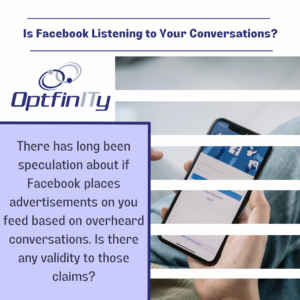Atomic Malware has emerged as a formidable force, wreaking havoc on Mac users worldwide. This insidious malware has set its sights on stealing passwords, infiltrating crypto wallets, and causing a wave of concern among security-conscious individuals. This is why it is important to protect your computer passwords and crypto wallets. Here are some essential tips to safeguard your sensitive information and prevent unauthorized access:
- Exercise Caution with Downloads: Be vigilant when downloading files or software from untrusted sources. Verify the integrity and legitimacy of the downloads to avoid inadvertently installing Atomic Malware.
- Implement Strong Passwords and Two-Factor Authentication: Strengthen your defenses by using unique, complex passwords for each online account. Enable two-factor authentication whenever possible to add an extra layer of security.
- Invest in Robust Security Solutions: Consider using comprehensive security software that offers real-time malware protection, firewall capabilities, and proactive threat detection to safeguard your Mac from Atomic Malware and other cyber threats.
Conducting Regular Backups and System Monitoring are also helpful to ensure protection from losing important data. In case of a malware attack, you can restore your files and minimize the impact. Additionally, monitor your system for any unusual activities, such as unexpected network connections or system slowdowns, which could be indicators of malware presence.
Remember, it’s better to be prepared and protected than to suffer the consequences of a malicious attack. Stay safe, stay secure, and enjoy your digital journey without the fear of Atomic Malware lurking in the shadows. If you have any questions about the protection of your personal data, or any general IT inquiries, feel free to reach out to us at info@opftinity.com.






